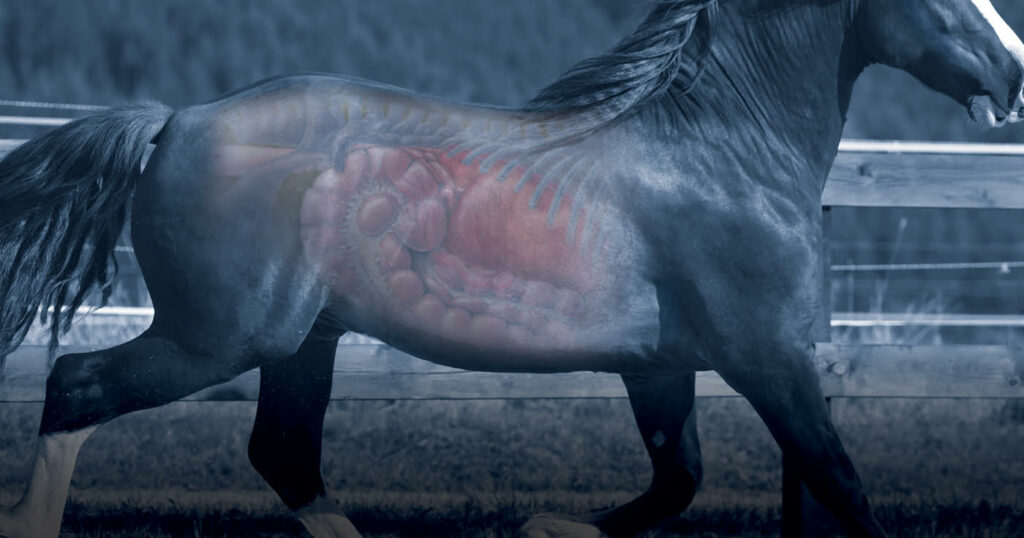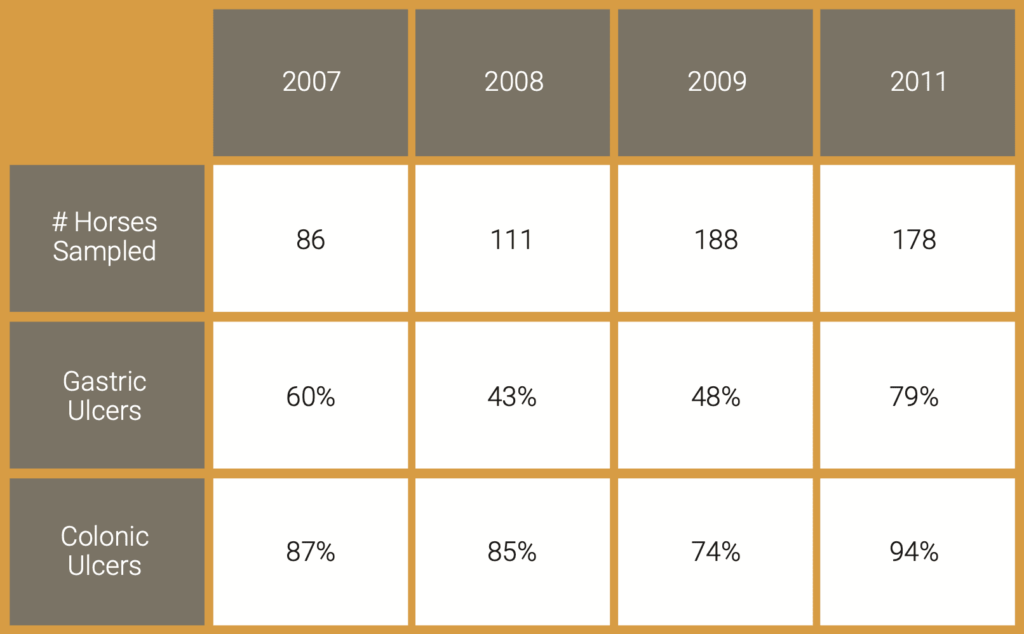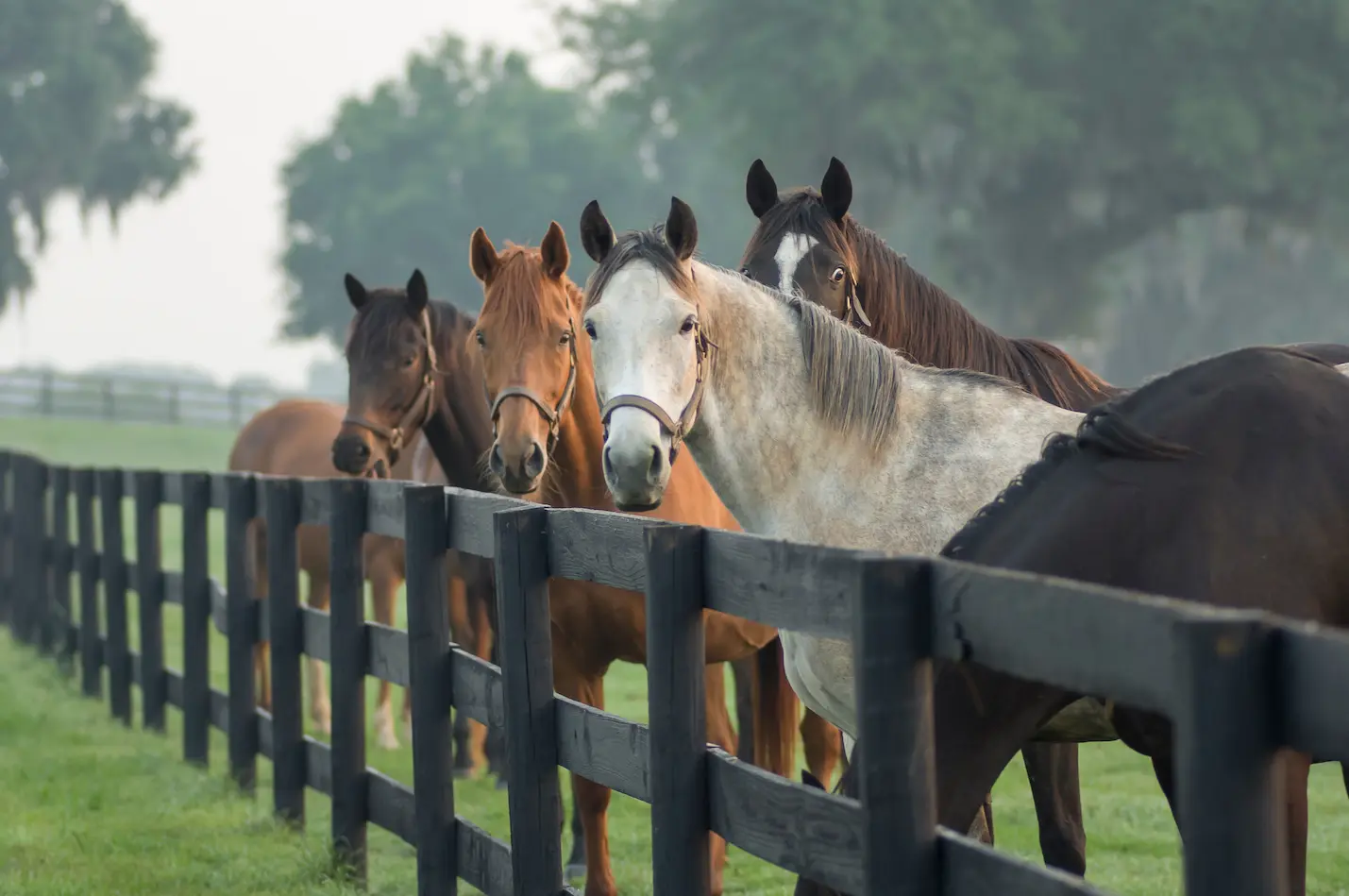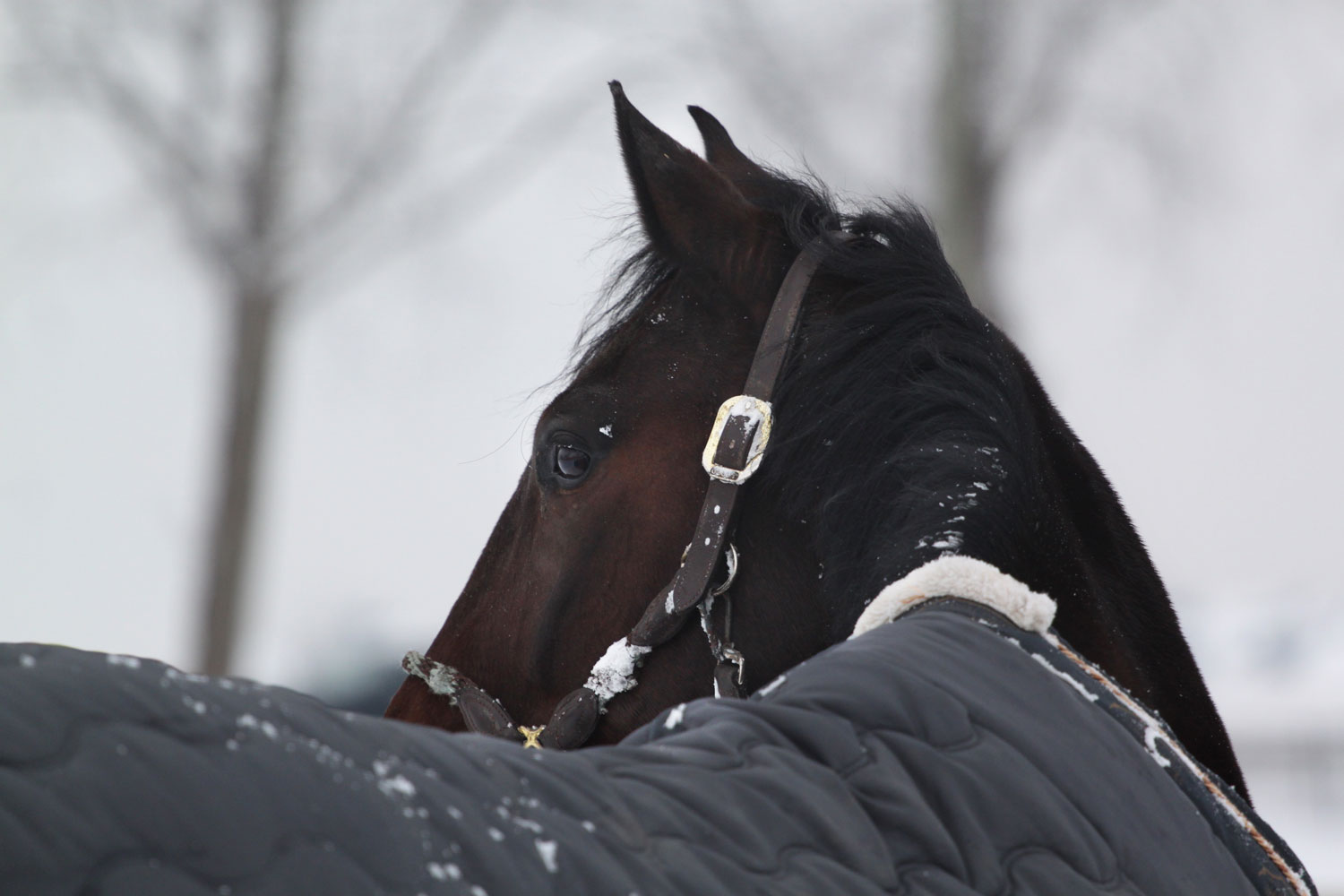
Equine veterinarians are starting to recognize the importance of the hindgut in digestive wellness as well as the problems that affect it. Hindgut health is vital to a horse’s overall health and performance, and it is a significant issue for performance horses specifically.
Modern performance horses are often fed nutritionally unbalanced diets and spend too much of their time stabled. This carbohydrate-rich diet, paired with the inability to move or graze as horses should, is a recipe for disaster for the GI tract.
Tack on the stresses of travel, training, and performance. All these demands on a horse’s internal systems are enough to take a toll on overall health and wellness. All too often, treatments are aimed at mitigating clinical signs (laminitis, behavioral issues, etc.) rather than addressing underlying issues. Even more often, treatments only reach as far as the stomach and are not able to target the area where the problems actually are—the hindgut.
It’s critical for veterinarians to recognize the key role hindgut health plays in a horse’s digestive wellness, overall health and immunity, brain function, comfort and performance, and more. Here’s what you need to consider beyond the stomach for managing digestive health in your equine patients.
The Importance of The Hindgut in Overall GI Health
The hindgut may be the most necessary part of the horse’s GI tract for several reasons:
- The size of the hindgut alone makes it significant. Physically, it is large and is where the most substantial portion of digestion happens, yet it has historically not been given the same amount of attention as the stomach.
- Many systems rely on a healthy hindgut. The horse’s ability to perform and its general health and wellbeing are dependent on the availability of nutrients and energy that result from efficient digestion. It affects immunity and brain function, as well. This alone should give the hindgut some status.
- It serves as home to trillions of microbes, including a large bacterial population known collectively as the “microbiota”. This plays a significant role in the horse’s digestive process and impacts overall health, immunity, the brain, and more.
- The hindgut is the source of many health conditions that require intervention. For example, colic is the number one health threat to horses (Traub-Dargatz et al., 1999) and a constant source of worry for owners. Horses also suffer from colonic lesions and other inflammatory conditions in the hindgut resulting from poor gut health, which are difficult to diagnose but nonetheless common.
The Role of the Microbiota
The equine hindgut is home to trillions of microbes that make up the microbiota, which plays a central role in a horse’s digestive processes and affects its overall wellbeing.
The microbiota helps to digest the high fiber content consumed from grass and feed by way of fermentation. During the process, the microbiota produces volatile fatty acids (VFAs) that act as a primary energy source. This fermentation process involves a highly connected network of microbes that must cooperate for optimal nutrient absorption. Additionally, microbes produce essential B vitamins and vitamin K.
A healthy microbiota provides resistance to infectious agents, enhancing overall health and performance. It also affects cognition and mood via the gut-brain axis.
If you are interested in exploring the microbiota further, register for our latest webinar series, The Microbiota and Equine Health and Performance.
Problems in the Hindgut are Widespread and Shouldn’t Be Ignored
Although gastric ulcers have been reported for decades, incidence of hindgut ulceration is a fairly recent topic of discussion and research. In 2003, Dr. Franklin Pellegrini conducted the first large-scale necropsy study of gastric and colonic ulcers at an abattoir in Texas. That study showed an incidence of colonic ulceration of 63 percent (Pellegrini, 2005).
In subsequent studies, the prevalence of ulceration in the colon increased. And while these results reflect abattoir horses and cannot therefore be applied to the horse population at large, the findings do suggest colonic ulcers are a very real issue that vets should be aware of.

Options For Detecting Hindgut Pathologies Are Limited
Diagnostic testing needs to improve so that owners and veterinarians can isolate GI tract issues and effectively treat them. We need a way to differentiate between the foregut and the hindgut. Also, we need a way to detect the condition in time for early intervention.
Unfortunately, diagnostic options for GI tract conditions are limited. Reliance on clinical signs has pitfalls. Some of these signs reflect several potential diseases, so pinpointing the cause is nearly impossible. Also, some symptoms pop up later in the disease process, which means the window for early intervention rapidly closes.
Some frequently used diagnostic methods include scoping, gastroscopy, ultrasound, and rectal palpation. While these are more sophisticated diagnostic approaches, they still have their limitations.
- Gastroscopy is limited to the stomach. It’s also unavailable for many veterinarians, and traveling to another clinic that has one can cause additional stress for the horse.
- Ultrasounds only cover a certain depth of the abdomen and are often inconclusive of GI disease.
- Rectal palpation provides limited information and is subjective only.
What if we could offer another diagnostic approach that is easy, affordable, and reliable and provides objective data about the hindgut?
The SUCCEED FBT: A Better Diagnostic Approach
The SUCCEED Equine Fecal Blood Test is a tool that supports your diagnosis of GI tract conditions in equine patients. It works by detecting occult blood proteins in fecal samples.
The SUCCEED FBT:
- Differentiates foregut and hindgut issues
- Is convenient to use stallside
- Provides quick results (15 minutes or less)
- Requires minimal materials to perform (a fecal sample and clean water)
SUCCEED FBT analyzes hemoglobin and albumin. Due to the nature of these two blood proteins, they can be used together to determine whether their source is the foregut or the hindgut of the horse. Hemoglobin is indicative of an injury somewhere along the GI tract, while the presence of albumin indicates an issue specifically in the hindgut.
Achieve and Maintain Hindgut Health with SUCCEED VF
SUCCEED VF is a daily nutritional program designed to manage the whole health of the equine GI tract. This supplement is made up of many high-quality ingredients that help maintain the integrity of the gut wall, support nutrient absorption, and preserve the immune system by bolstering natural digestive processes.
Offering SUCCEED VF to your clients helps address root causes without modifying natural digestive processes. You can safely use it alongside other treatments, including acid inhibitors.
The majority of supplements and treatments that are marketed for equine digestive health are not able to reach the hindgut, as many elements are broken down earlier in the digestive tract. SUCCEED is able to reach and work on the hindgut, making it a game changer for veterinarians. This is a great way to distinguish your practice from others that aren’t aware of what it takes to treat hindgut pathologies.
Learn More
Download our free white paper to read more about diagnosing and managing digestive health issues in your practice. Interested in learning more about the role of the microbiota in equine health and performance? Register for our three-part webinar series, “The Microbiota and Equine Health and Performance”.
References
Pellegrini F.L. (2005) Results of a large-scale necroscopic study of equine colonic ulcers. J Equine Vet Sci, 25 (3), pp. 113–117.
Traub-Dargatz J.L., Kopral C.A., Seitzinger A.H., et al. (2001) Estimate of the national incidence of and operation-level risk factors for colic among horses in the United States, spring 1998 to spring 1999. J Am Vet Med Assoc., 219(1), pp. 67–71.



